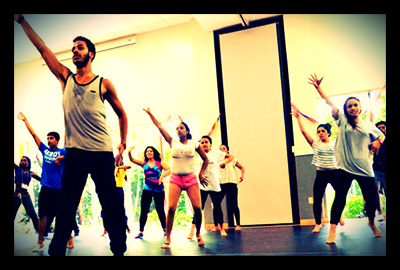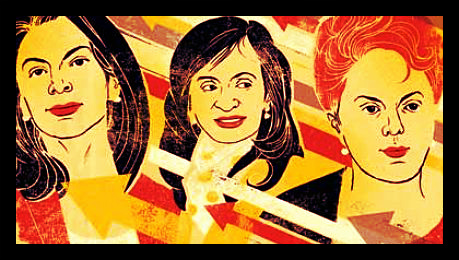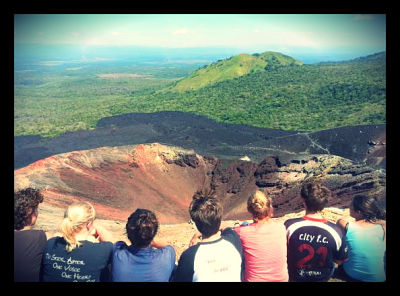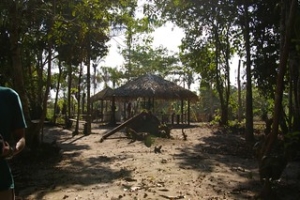
Artists Striving to End Poverty (ASTEP) is an organization that aims to educate youth across the globe through the medium of visual and performing arts to empower them to transform their lives and break free from the cycle of poverty. ASTEP currently runs three international programs in Ecuador, India and South Africa. Each program utilizes Volunteer Artists to connect youth to creative outlets, to inspire change.
In Ecuador, ASTEP works in collaboration with an NGO named Project CREO to provide art education to at-risk youth between the ages of 7-16, while also promoting the participation of local parents and school teachers within the community. ASTEP and Project CREO conduct an in-school and an after-school program that trains teachers and students to create original pieces of visual and performing artwork that explore pertinent social themes affecting the demographic.
In India, ASTEP has partnered with two organizations to promote social change through the arts. ASTEP Volunteer Artists facilitate art-intensive summer camps for Shanti Bhavan Children’s Project, a school and home for socio-economically disadvantaged children outside the city of Bangalore. The programs include instruction in music, theatre, dance, and visual art to augment personal development and academic performance for students, from ages 5-17. In 2013, ASTEP and Teach for India established a pilot program to integrate the arts into classrooms and produce the MAYA project. The MAYA project will provide 100 low-income students with the opportunity to participate in a musical that highlights the values of courage, compassion, wisdom, and the importance of self-discovery. The show will debut in November 2014 to commemorate Teach For India’s 5-year anniversary.
ASTEP originated its work in arts education in South Africa in 2005 through partnerships with the Ubuntu Education Fund (Port Elizabeth) and the Refilwe Community Center (Johannesburg). Currently, ASTEP has been helping lead a project called artsINSIDEOUT, which consists of students and professionals in the performing arts who have been personally affected by HIV/AIDS.Through theatrical, musical, dancing and story telling techniques as well as the visual arts, artsINSIDEOUT strives to inspire its participants to express their creative energy and communicate their own experiences, to assist in the healing process.
ASTEP was founded by award-winning Broadway Orchestrator and Music Supervisor, Mary-Mitchell Campbell, who was inspired by her experience volunteering at Mother Teresa’s missionary in India to effect change in the lives of children in the developing world. At the time, Mary-Mitchell was a faculty member at Juilliard, and collaborated with a group of students to form ASTEP, and demonstrate the power of the arts as a universal tool for fostering a child’s development and success.
– Talia Langman
Sources: Astep, Arts Inside Out Project Creo, Shanti Bhavan, Teach for India
Photo: Astep





